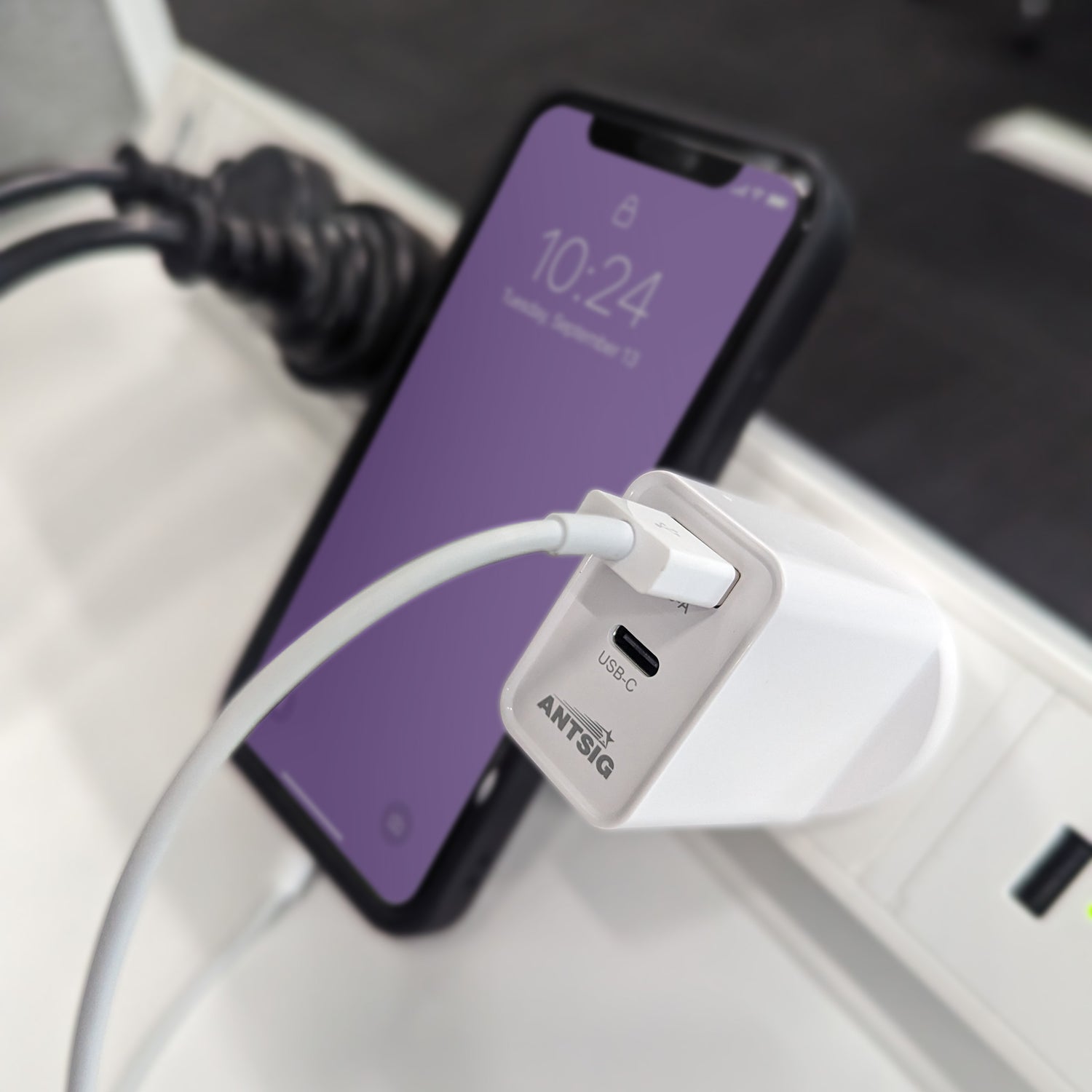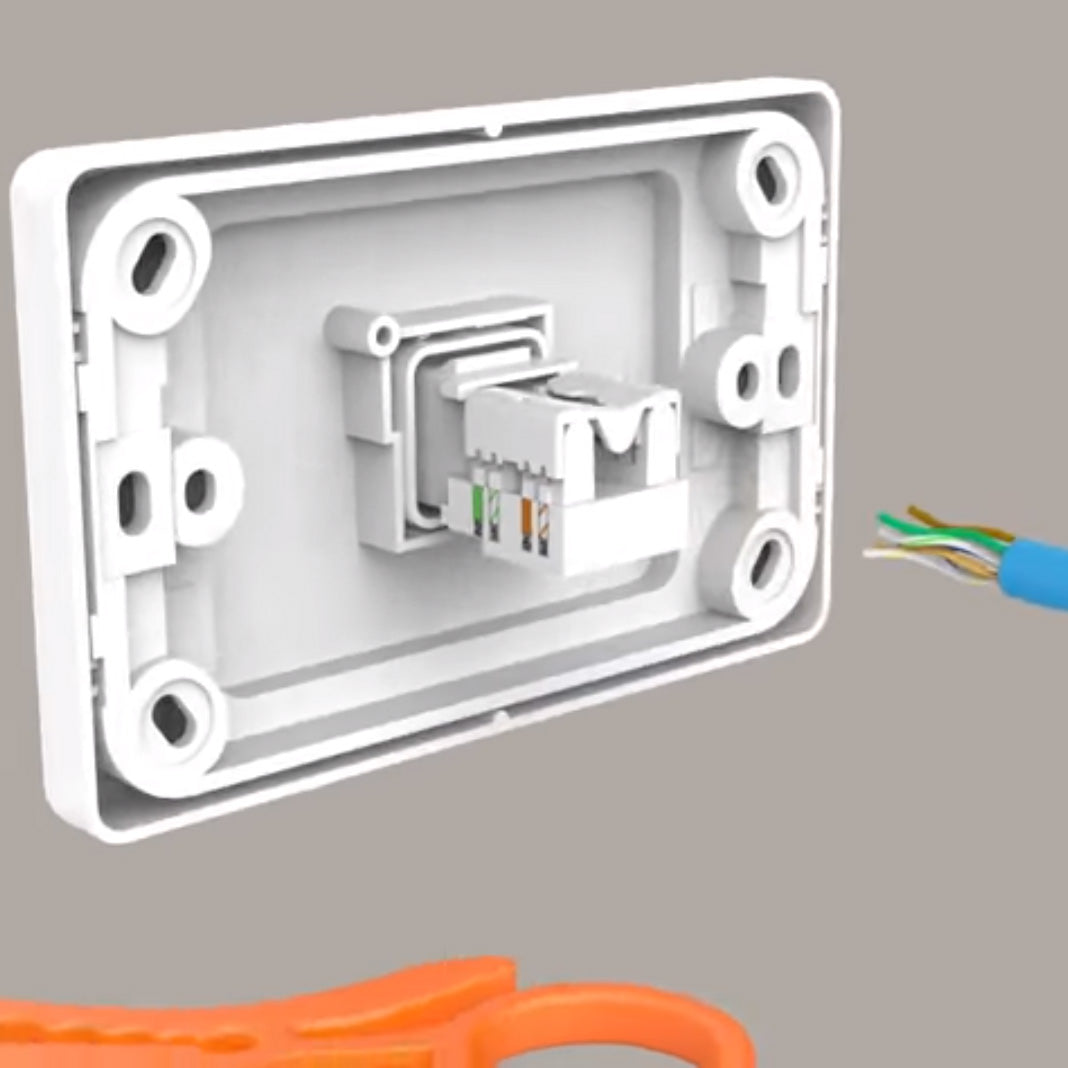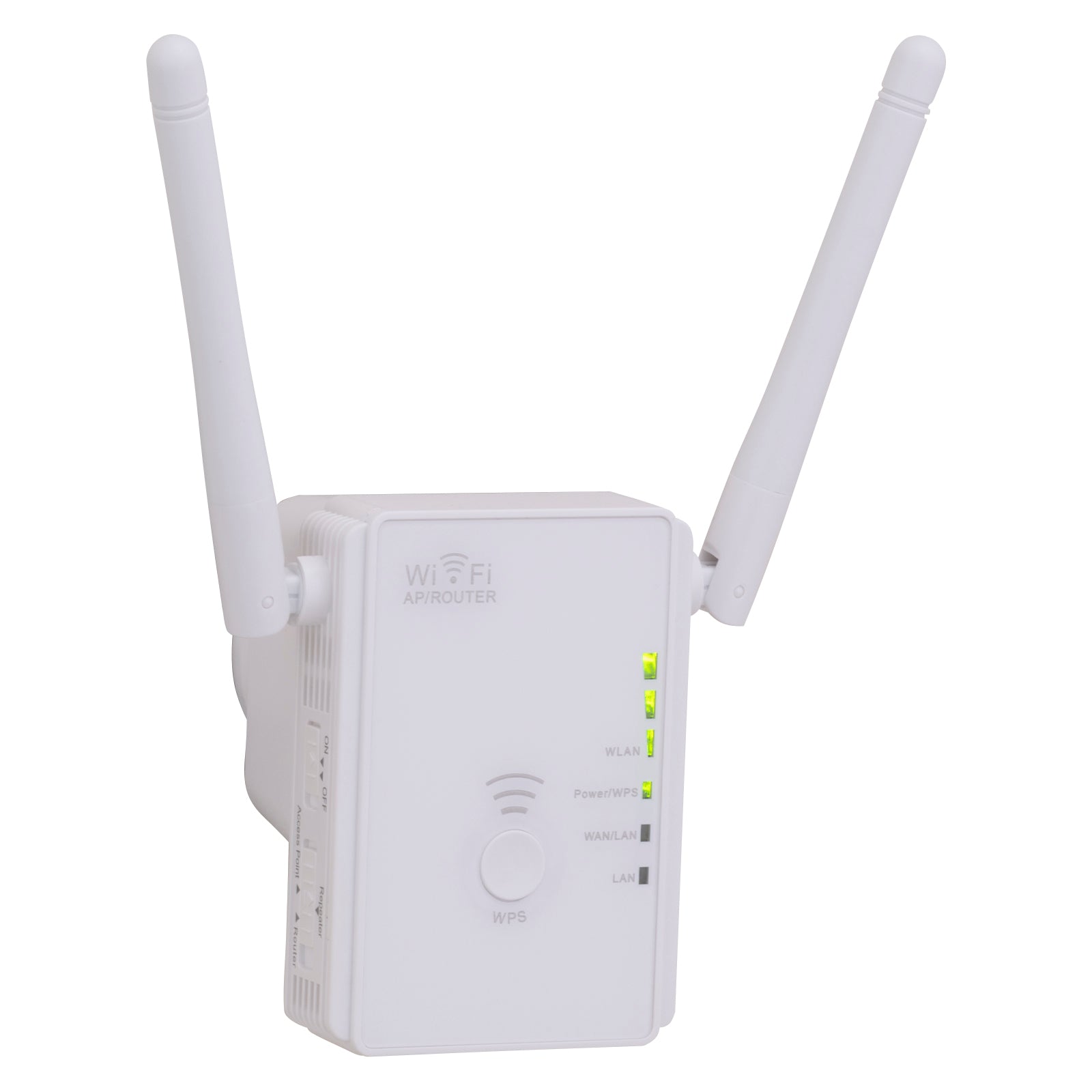USB charging technologies have come a long way since their inception. Initially, USB ports were only used for data transfer, but as technology advanced, they began to be used for charging electronic devices as well. The first USB charging specification was introduced in 2007, which allowed for a maximum power output of 2.5W. Since then, several fast charging technologies have been developed to increase the charging speed of devices, including Quick Charge (QC), Power Delivery (PD), Programmable Power Supply (PPS) and now Extended Power Range (EPR).
USB-C, also known as USB Type-C, is a versatile and relatively new standard for connectivity and charging. It was introduced in 2014 by the USB Implementers Forum (USB-IF), the same organization responsible for previous USB standards like USB-A and USB-B.

The introduction of the USB-C port has revolutionized the way we charge our devices. USB-C is a versatile port that supports data transfer, video output, and charging all in one. It is capable of delivering up to 240W of power, making it possible to charge laptops and other high-power devices using a single cable. The latest version of USB Power Delivery, PD 3.1, takes advantage of the capabilities of the USB-C port to provide even faster charging speeds.

Charging Technologies Explained
| Technology | Commonly Used Voltage | Commonly Used Current | Maximum Power |
| Fast Charging | 5V | 2.4A | 12W |
| Quick Charge | 5V, 9V, 12V | 1A, 2A | 27W |
| Power Delivery | 5V, 9V, 12V, 15V, 20V | 5A | 100W |
| Power Delivery 3.1 | 28V, 36V, 48V | 5A | 240W |
It is important to select the correct USB-C cable for charging at full power. USB-C cables must be able to carry different currents but for high-power 48V/5A (240W) charging, you need a 5A-rated USB-C to USB-C cable that contains E-Marker chip to identify the cable and its current capabilities. Using an incorrect cable can lead to slow charging. So, it is important to choose the right cable for your device and its charging needs.




Leave a comment
All comments are moderated before being published.
This site is protected by hCaptcha and the hCaptcha Privacy Policy and Terms of Service apply.